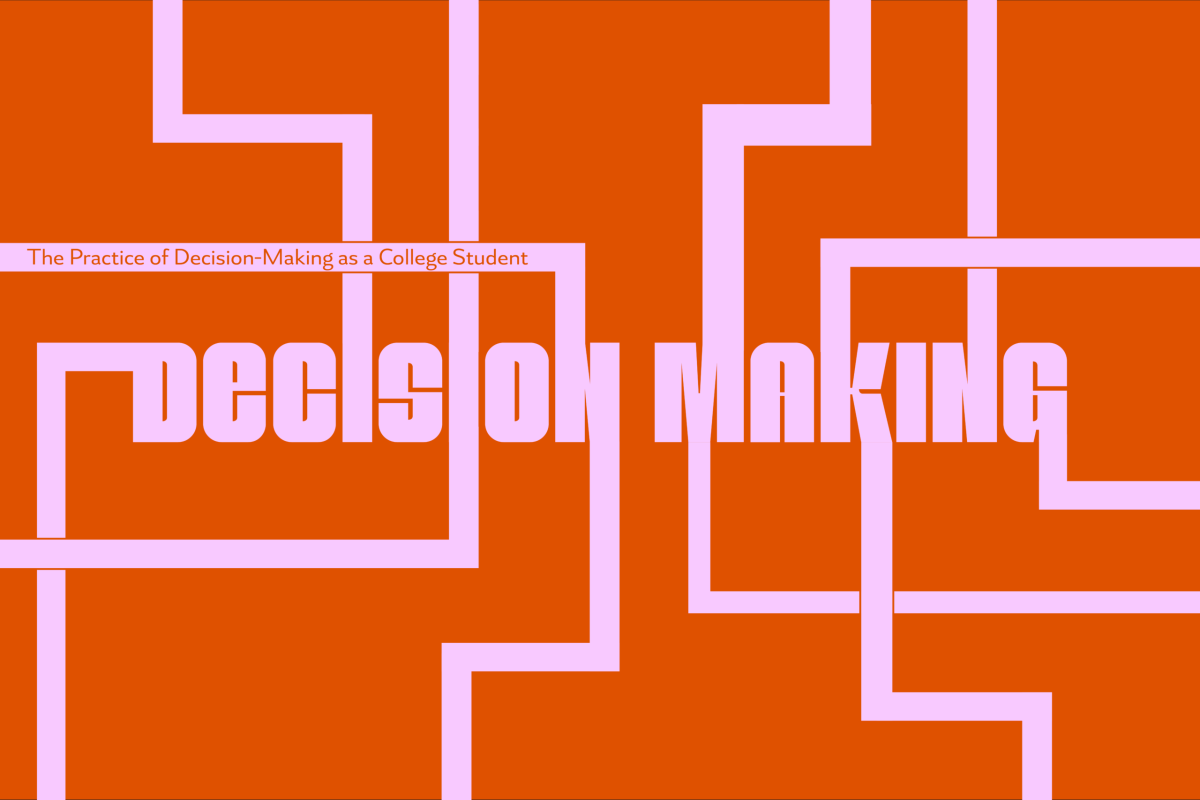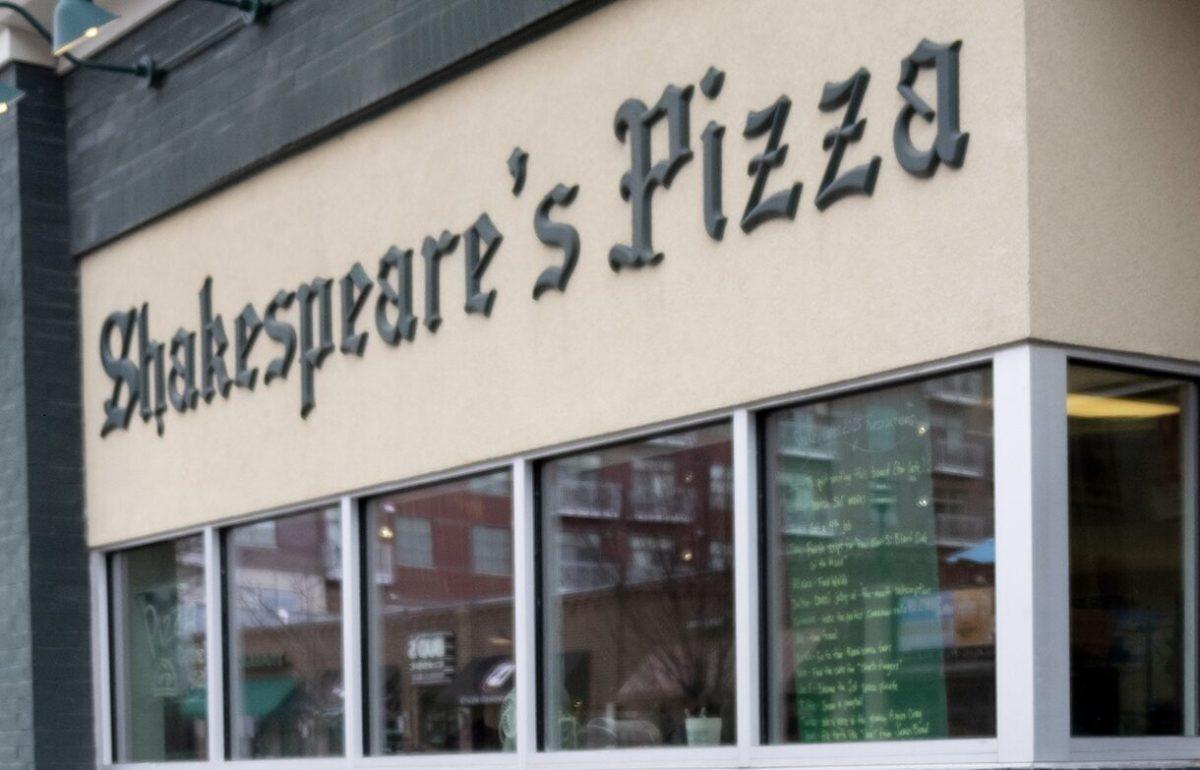For quite some time now, there has been a necessary but subtle debate within the LGBTQ community regarding the inclusivity of the acronym “LGBTQ.” While the issue may seem rather superfluous on the surface, I’ll contend that it’s actually a matter of immediate importance, if not for any other reason than to bring attention to marginalized groups.
Before discussing the debate itself, it would serve all parties well to look at the recent evolutionary history of the acronym “LGBTQ,” followed by some much-needed context.
In the 21st century, the letter _Q_ was added to “LGBT,” representing “queer or questioning,” and ever since, various activist groups have taken it upon themselves to expand the acronym to things like “LGBTQAPIA,” “GGLBTQQAAPI” or, my personal favorite, “QUILTBAG.” For reference, each letter stands for:
Q: Queer or Questioning
U: Unsure or Uninterested
I: Intersex
L: Lesbian
T: Transexual or Transgender
B: Bisexual
A: Asexual or Ally
G: Genderqueer or Gay
P: Pansexual
Clearly, there are a lot of sexual identities that don’t see the light of mainstream media coverage, and it doesn’t end there. In fact, the above alphabet soup doesn’t even _begin_ to scratch the surface of possible sexual orientations, preferences and identities. If we’re being honest, trying to categorize these groups into omni-representative letters is an exercise in futility.
After all, sexual orientation and gender are _spectrums_ of identity. Indeed, when given the opportunity, people seldom report that they are “completely straight” or “completely gay.” On the contrary, we are all gay or straight to _a certain extent_ — keeping in mind that said extent _can_ be 100 percent.
To provide an empirical side to the case, this “phenomenon” is more often expressed in younger women. There’s [a respectable wealth of research](http://www.ncbi.nlm.nih.gov/pubmed/15482445) suggesting women who identify as “straight” are mildly to moderately aroused by sexually explicit pictures of other women. Under the influence of alcohol, straight-identifying women are much more likely to engage in sexual behavior with other women than straight-identifying men are to engage with other men. Does this mean they aren’t straight? Hardly — it suggests they are heterosexual _to a certain extent_, or at the very least, they are incredibly comfortable in their sexuality.
To further illustrate why we shouldn’t categorize these groups, let me offer the following identities that can be said to be sexual permutations operating on multi-axial spectrums (_read_: a hundred spiderwebs woven with another hundred spiderwebs, in a room made out of spiderwebs):
**Hetero-romantic asexual:** attracted to the opposite sex emotionally but not physically.
**Bi-romantic heterosexual:** attracted to both sexes on an emotional level and physically attracted to the opposite sex.
**Aromantic heterosexual:** disinterested in emotional intimacy but physically attracted to the opposite sex — can also be seen as “characters played by Bradley Cooper for the first half of the movie.”
Now that the context is out of the way, let’s come back to the original debate surrounding the acronym “LGBTQ.” The group that can call itself “pro-expansion” is an interesting one, as it’s the side to which allies tend to flock. This makes sense, as allies by definition can’t know what it’s like to belong to the group for which they’re allies, so they support as many groups as possible. Which, in this case, means more letters.
Arguments from this side are admittedly typical and often use the gross underrepresentation of asexuals and pansexuals as cause for outcry. Indeed, while the term “queer” is often used as an umbrella term for the aforementioned groups, using it in such a way doesn’t represent asexuals or pansexuals in the same direct way as “L” in “LGBTQ” does for lesbians.
The “anti-expansion” side doesn’t have much in the way of an original position, but instead offers a direct response to pro-expansionists. The most common argument I’ve observed from those in favor of keeping the term “LGBTQ” argues that adding more letters _won’t actually do anything in terms of representation_. Most people swept under the blanket of “LGBTQ” vigorously support or campaign for the rights of their fellow marginalized groups and, as such, represent them through their activism — acronym be damned. Essentially, the position can be summarized as “How much will adding a _P_, an _I_ and an _A_ really do for these people?”
Admittedly, both sides of the debate have valid points that shouldn’t go ignored. The pro-expansion side is correct in that it isn’t fair for five groups to represent the struggles of hundreds, but the opposing side isn’t wrong in its assertions of representational activism, either. Thus, the question becomes “How do we arrive at a compromise?” as opposed to “Who is right?” I think there’s a decent, albeit incomplete, answer.
The acronym [“GSRM” stands for Gender, Sexuality and Romantic Minorities](http://ftm-transscribed.tumblr.com/post/31970422637/lgbt-vs-gsrm-acronyms-for-inclusiveness), and under those four letters, every relevant group is represented in equal terms — not to mention, “GSRM” rolls off the tongue a lot easier than “2G2QPHALI.”
Of course, GSRM isn’t without its own problems. Perhaps most importantly, actually implementing “GSRM” into the popular lexicon would be damn near impossible without significant support, and given the scarce knowledge of the term, it’s unlikely to happen any time soon. Second, the word “minorities” might not be the best, and it’s frequently labeled problematic due to implications of inferiority.
Due to the fact that I’m a predominantly cisgendered, straight individual, it’s not my place to issue a “call to action” here as I typically do toward the end of my columns. However, what I can do is help facilitate a discussion, and I hold that starting a discourse about the issue remains critical — if not for any other reason than for the broader public to realize there’s more to an identity than “gay or straight.”













